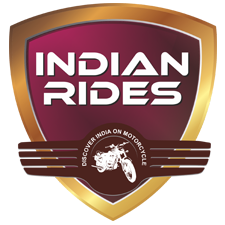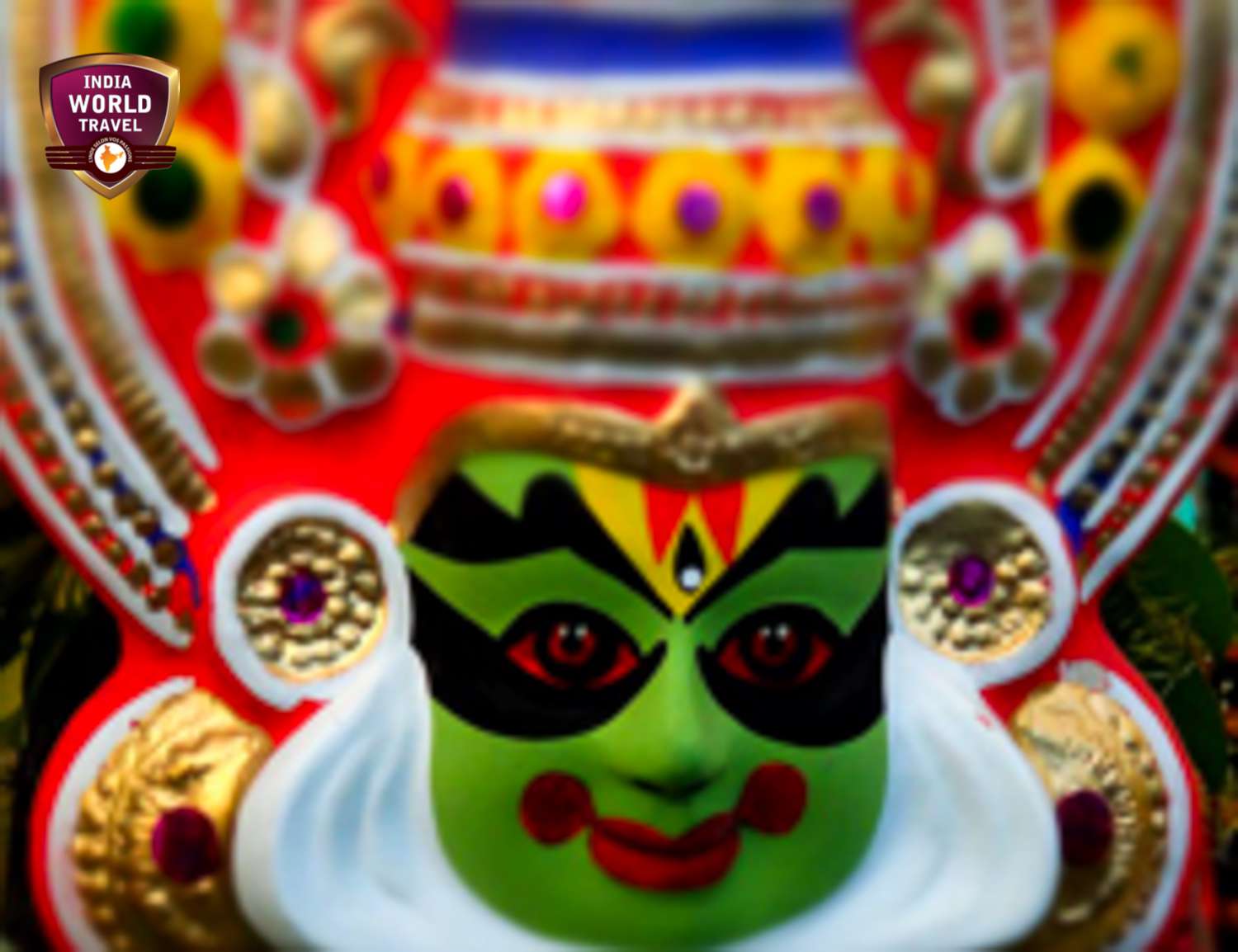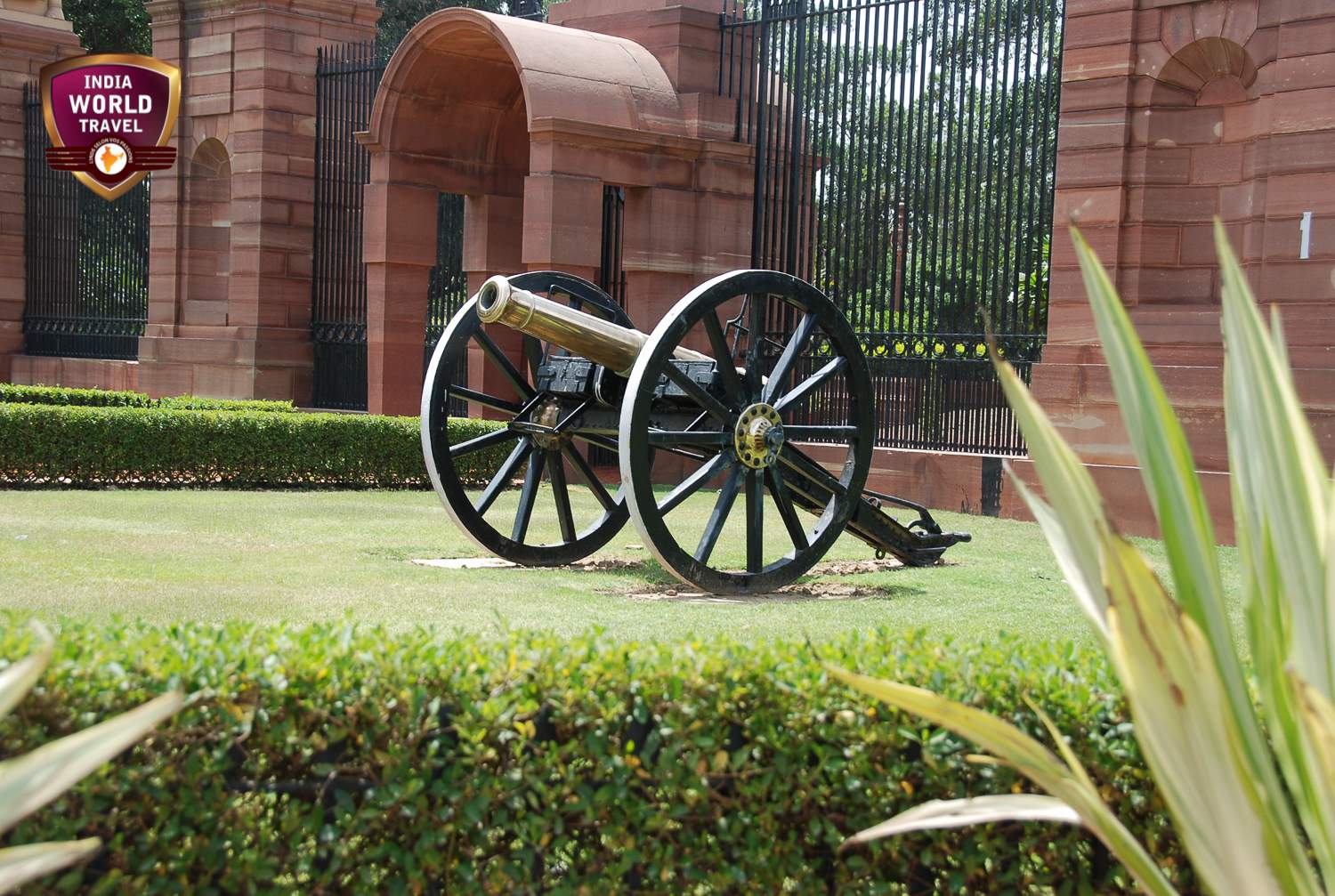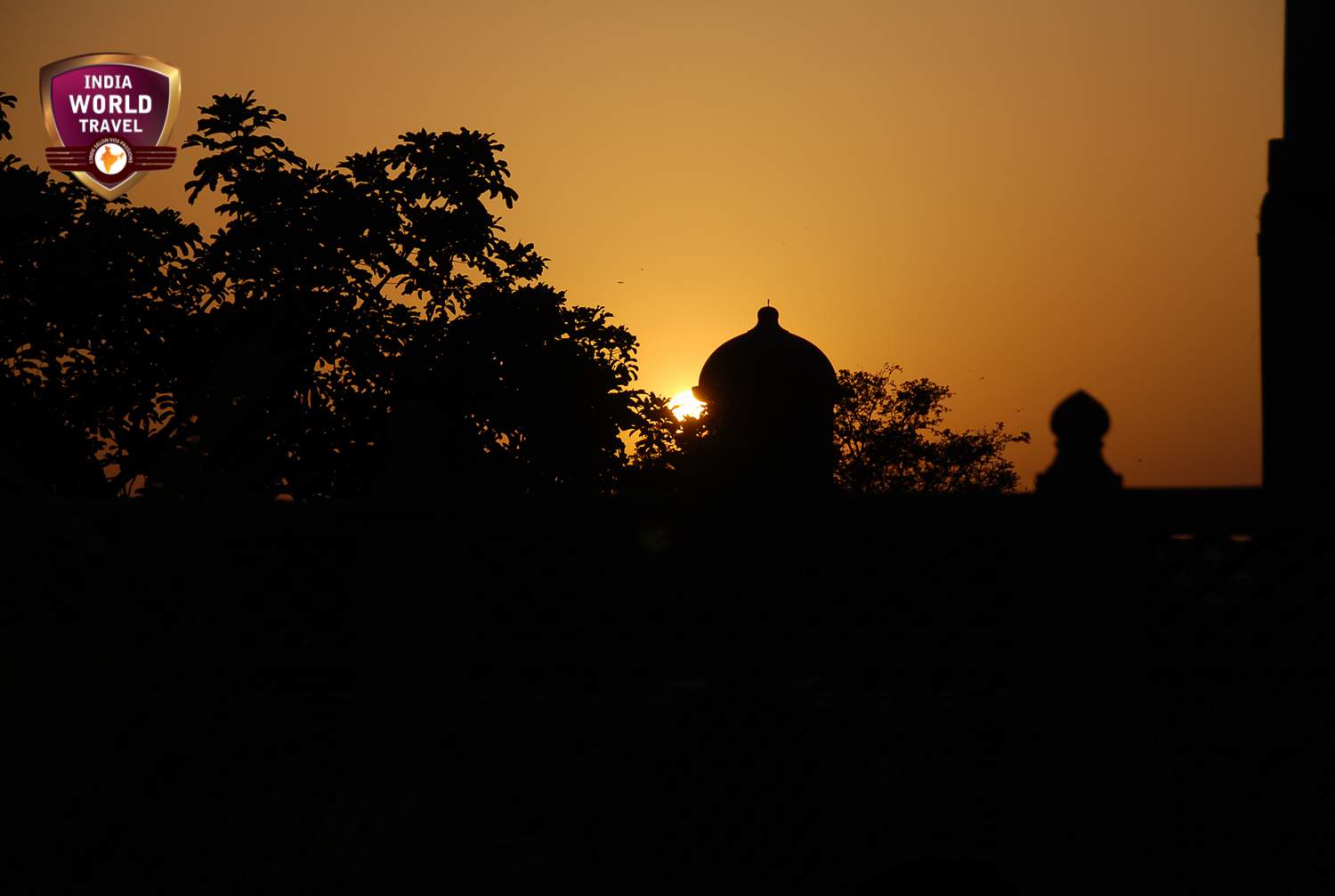Classical Dance of Incredible India
Dance in traditional Indian culture permeated all facets of life, but its outstanding function was to give symbolic expression to abstract religious ideas. The close relationship between dance and religion began very early in Hindu thought, and numerous references to dance include descriptions of its performance in both secular and religious contexts.
There are many types of dance in India, from those which are deeply religious in content to those which are danced on more trivial happy occasions. Classical dances of India are usually always spiritual in content, although this is often true also of Folk dances.
Classical Dances Forms:-
Kathakali and Mohini Attam from Kerala.
Kathakali is one of the oldest theatre forms in the world. Kathakali is a group presentation, in which dancers take various roles in performances traditionally based on themes from Hindu mythology, especially the two epics, the Ramayana and the Mahabharata.
Mohiniyattam means dance of Enchantress. Literature is found about Mohiniyattam in the texts of eighteenth century. Mohiniyattam is characterized by swaying movements of the upper body with legs placed in a stance similar to the plie position. The eyes play an important role in accenting the direction of the movement.
Bharata Natyam from Tamil Nadu.
Bharata natyam serves the expression of Hindu religious themes and devotions, and its techniques and terminology have been traced back to ancient treatises such as the Natya-shastra, by the Brahman sage and priest Bharata. Bharatanatyam is based on the theories of the books ‘Natyasaasthram’ and ‘Abhinaya Darpanam’. The dance form is based on ‘Adavu’ (steps) and ‘Hasthamudra’ (hand gestures).
Kuchipudi from Andhra Pradesh.
Kuchipudi originated from a small village called Kuchipudi. For years long the art was presented only in Temples. The performance usually begins with some stage rites, after which each of the character comes on to the stage and introduces him/herself with a dharavu (a small composition of both song and dance) to introduce the identity, set the mood, of the character in the drama.
Odissi from Orissa.
Odissi traces its origins to the ritual dances performed in the temples of ancient northern India. While the form is curvaceous, concentrating on the tribhang or the division of the body into three parts, head, bust and torso; the mudras and the expressions are similar to those of Bharatnatyam. Odissi performances are replete with lores of the eighth incarnation of Vishnu, Lord Krishna.
Kathak from Uttar Pradesh.
This dance form traces its origins to the the nomadic bards of ancient northern India, known as Kathaks, or story tellers. It was performed in village squares an d temples mostly mythological and moral stories were recited with a beautiful mix of hand gestures and facial expressions were the main attractions. The stories were enliven with instrumental and vocal music.
Manipuri from Manipur.
Its themes are devotional and are performed on religious occasions and in temples throughout the area. It is even often referred to as “sankirtan”. This dance style was originally called jogai which means circular movement. In ancient texts it has been compared to the movement of the planets around the sun.





![[ VOYAGE MOTO AU GUJARAT]
Une expérience hors des sentiers battus à moto
📆 Prochain départ du 16 Dec 29 Dec 2024
🕧 Durée : 16 jours
Plus d'infos, ici 👉 https://rb.gy/y8fbpg
#IndianRides #Gujarat #offbeatTravel #Voyage #moto #AventureMoto #MotoInde #VoyageMoto #IndianEscape #IndianExperience #Inde #IndiaTravelgram #Travelling #Traveling #Traveladdict #voyageaventure #passionvoyage #voyagerloin #voyager](https://scontent-fra5-1.cdninstagram.com/v/t51.29350-15/429949675_380249244791675_7455932700314936215_n.jpg?_nc_cat=108&ccb=1-7&_nc_sid=18de74&_nc_ohc=_bwxyuqnmZsAX9FKGOT&_nc_ht=scontent-fra5-1.cdninstagram.com&edm=AM6HXa8EAAAA&oh=00_AfC9uDqrIfRfHMN6lycD-SThBj2se14Pxdf2C9rHHOQhfg&oe=65EA881A)
![[ VOYAGE MOTO AU GUJARAT]
Une expérience hors des sentiers battus
📆 Prochain départ du 16 Dec 29 Dec 2024
🕧 Durée : 16 jours
Plus d'infos, ici 👉 https://rb.gy/y8fbpg
#IndianRides #Gujarat #offbeatTravel #Voyage #moto #AventureMoto #MotoInde #VoyageMoto #IndianEscape #IndianExperience #Inde #IndiaTravelgram #Travelling #Traveling #Traveladdict #voyageaventure #passionvoyage #voyagerloin #voyager](https://scontent-fra5-2.cdninstagram.com/v/t39.30808-6/417465874_802826858555922_8186278244234096277_n.jpg?_nc_cat=106&ccb=1-7&_nc_sid=18de74&_nc_ohc=XGMcbVs75AUAX9G2You&_nc_ht=scontent-fra5-2.cdninstagram.com&edm=AM6HXa8EAAAA&oh=00_AfDcZxhrTMx_xww14VQdyauLI0G222xX1Rj055oVxFUPZQ&oe=65EAE43B)
![[VOYAGE MOTO AU KERALA ]
Découvrez des paysages enchanteurs, des cultures fascinantes et des routes panoramiques.
📆 Départ : 02 -15 Dec 2024
🕧 Durée : 14 jours
Plus d'infos, ici 👉 https://www.indianrides.fr/route-des-epices-a-moto
#IndianRides #offbeatTravel #advriders #naturelover #naturephoto #voyage #motorcycleadventure #voyagemotoInde #voyagemotoKerala #Roadtripmoto #Aventuremoto #AdventureRides #IndianExperience #MotorcycleTravel #adventureTrip #explore](https://scontent-fra3-2.cdninstagram.com/v/t51.29350-15/427637162_1408626129743710_5721129196975578714_n.jpg?_nc_cat=107&ccb=1-7&_nc_sid=18de74&_nc_ohc=i4DFCda38nQAX8_YU59&_nc_ht=scontent-fra3-2.cdninstagram.com&edm=AM6HXa8EAAAA&oh=00_AfACL2432-XOXV9Nf3lrtCUH-7YrB3KxodTyuElLr0Jm9w&oe=65EACFFB)
![[ VOYAGE MOTO AU RAJASTHAN ]
✨ RENCONTRES INSOLITES AU RAJASTHAN
🗓 Prochain départ du 28 Sep 19 Oct 2024
🕧 Durée : 16 jours
Plus d'infos, ici 👉 https://rb.gy/0itlvo
#IndianRides #offbeattravel #rajasthan #ruralTravel #India #Villages #roadtrip #motorcycleTravel #bikers #adventure #adventurer #travelawesome #travelingram #travelling #traveling #IndianEscape #IndianExperience](https://scontent-fra3-1.cdninstagram.com/v/t39.30808-6/427714951_794788386026436_2282391969647694547_n.jpg?_nc_cat=103&ccb=1-7&_nc_sid=18de74&_nc_ohc=Bu__l7HgZ6gAX8JBV-p&_nc_ht=scontent-fra3-1.cdninstagram.com&edm=AM6HXa8EAAAA&oh=00_AfCyoU2CSFiFevYLjKzpc69DX2IdTyXiUNyCcBJ1raB9DQ&oe=65EB4FAA)
![[ VOYAGE MOTO INDE DU SUD ] 📍Tamil Nadu
✨ Expériences originales à vivre en Inde à Moto
Plus d'infos, ici 👉 https://www.indianrides.fr/route-des-epices-a-moto
#IndianRides #advriders #tamilnadu #paysage #naturelover #naturephoto #voyage #motorcycleadventure #voyagemotoInde #voyagemotoKerala #Roadtripmoto #Aventuremoto #AdventureRides #IndianExperience #traveller #travellife #travelindia #travelingram](https://scontent-fra5-1.cdninstagram.com/v/t51.29350-15/425786151_1622436011496188_1444071753103878855_n.jpg?_nc_cat=108&ccb=1-7&_nc_sid=18de74&_nc_ohc=o9WLaYxwJjIAX91Zshb&_nc_ht=scontent-fra5-1.cdninstagram.com&edm=AM6HXa8EAAAA&oh=00_AfD5n3WpRcPn8hDIP8stXCsWpplOgVYwFH_-nnJJmWj22Q&oe=65EC06B6)
![[ VOYAGE MOTO INDE DU SUD ] 📍Tamil Nadu
🕧 Durée : 14 jours
Plus d'infos, ici 👉 https://www.indianrides.fr/route-des-epices-a-moto
#IndianRides #advriders #tamilnadu #paysage #naturelover #naturephoto #voyage #motorcycleadventure #voyagemotoInde #voyagemotoKerala #Roadtripmoto #Aventuremoto #AdventureRides #IndianExperience #traveller #travellife #travelindia #travelingram](https://scontent-fra3-1.cdninstagram.com/v/t39.30808-6/426157328_793160379522570_6455842971486847447_n.jpg?_nc_cat=101&ccb=1-7&_nc_sid=18de74&_nc_ohc=Qn0mVgcd_UgAX9ahOGY&_nc_ht=scontent-fra3-1.cdninstagram.com&edm=AM6HXa8EAAAA&oh=00_AfBab4MmJakiB6zTH2nEw14aTcHu3-ap0ctxFmAy9czCKw&oe=65EC5492)
